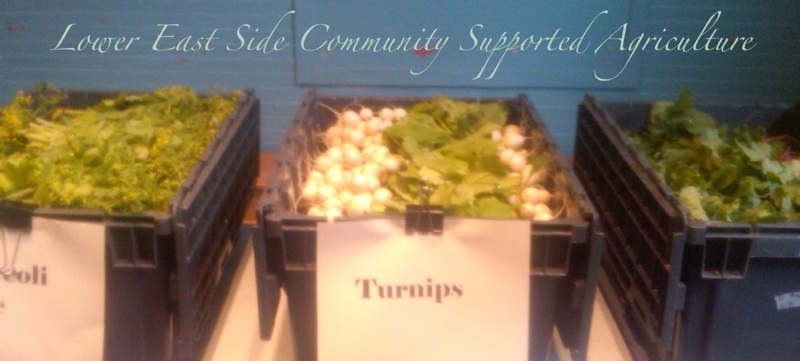At the age of six I wanted to be a cook. At seven I wanted to be Napoleon. And my ambition has been growing steadily ever since. –– Salvador Dali
Small Share
Beans
Fresh Onions
Tomatoes
Napa Cabbage
Kohlrabi
Large Share
Beans
Fresh Onions
Tomatoes
Napa Cabbage
Kohlrabi
1 bunch Kale OR Dandelion Greens
Baby Kale
2 Summer Squash
Last year was my first year participating in community-supported agriculture, and I embraced the challenge. Kohlrabi was the revelation of the season for me. According to Local Harvest, "Kohlrabi belongs to the cabbage family... They were popular in Germany during the 16th century... Both the leaves and swollen underground stem are edible, specially the stem which can be green, white or purple... If young and tender they may be eaten raw, very thinly sliced." So, easy to put in salads, or munch on, while expecting a taste somewhere between a radish and a mild turnip. Or, intensify the experience with a main dish worthy focus, such as German-Style Stuffed Kohlrabi, from Gourmet (1992).
Today I spent my afternoon basically living a Wes Anderson movie, with details too numerous to mention so I will focus on the basics: I was part of a trio tasting several varieties of kolache, a Bohemian import that is something like a fruit danish, as a French chef tried to perfect them for a Nebraskan with memories of her grandmother's farmhouse table at lunch, "for twenty or thirty, and, of course, the biggest meal of the day," all to the tune of idle chit-chat about a young man who is looking after Ezra Pound's castle in Italy this summer, and Salvador Dali's romantic overtures to Gala, involving live lobsters. They were successful. "Of course," I replied. "One would imagine that when it came to Dali and seduction, you were either in or out." And, obviously, everyone was exquisitely dressed. I went with "sophisticated stowaway."
Image from the National Maritime Museum's 2007 exhibition, "Sailor Chic."
Here's a traditional recipe for Poppy Seed Kolaches, from St. Anthony Croatian Catholic Church:
3 c Flour
1/2 c Ground almonds
1 1/2 ts Baking powder
1/4 ts Salt
1/2 c Sugar
1 c Butter
1 Egg
1 tb Lemon juice
1 t Grated lemon peel
2 tb Water
-----POPPY SEED FILLING-----
1 c Poppy seed
1/2 c Milk
1/4 c Honey
1/3 c Chopped dates
1/3 c Chopped nuts
1 d Cinnamon
Mix the first five ingredients and the lemon peel; cut in the butter until mixture is crumbly. Combine the egg, lemon juice and water to add to the flour mixture. Knead lightly into a ball; divide into 8 parts. Roll out each part on a floured board until it is 1/4 inch thick, then cut into 4 inch square. Spoon about 1 teaspoon Poppy Seed Filling (FILLING: combine all ingredients in a saucepan; cook over low heat until thick, stirring often; use when cool) into the center of each square. Bring two ends together to form a cylinder. Pinch together to seal. Place on a greased baking sheet and brush with milk. Bake at 350 F for 15-20 minutes. Serve warm if possible.



No comments:
Post a Comment
Do you have recipes to add? Food thoughts to share? CSA stories? We want to hear from you!